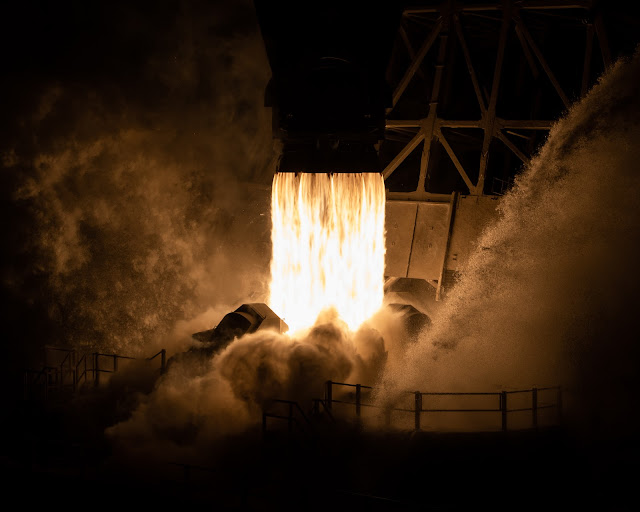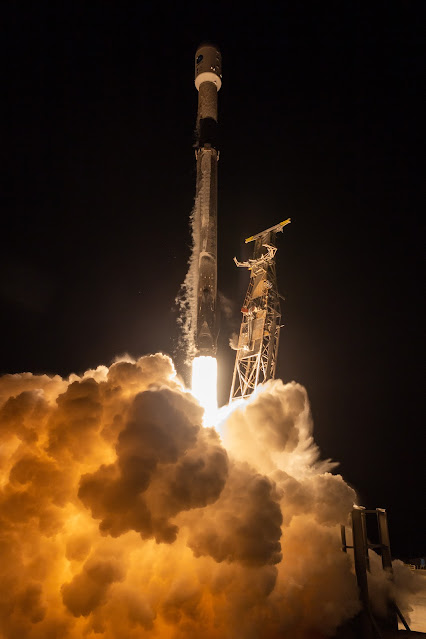LSP Launch Manager Omar Baez Shares Memories Post-SWOT Launch
Omar Baez, senior launch manager, Launch Services Program, talks with Megan Cruz, NASA Communications, after the successful launch of the Surface Water and Ocean Topography (SWOT) mission from Vandenberg Space Force Base in California on Dec. 16, 2022. This was Omar's final mission before he retires from NASA. Omar is a veteran over 300 rocket launches during his career at NASA. Be sure to watch Omar's reaction to a video tribute from his team at the 5 minute, 38 second mark.
Liftoff of the SpaceX Falcon 9 rocket carrying SWOT occurred at 3:46 a.m. PST from Space Launch Complex 4-East at Vandenberg.
A collaboration between NASA and the French space agency Centre National d’Études Spatiales (CNES), with contributions from the Canadian Space Agency and the UK Space Agency, SWOT will be the first satellite to survey nearly all water on Earth’s surface. The satellite will help researchers understand how much water flows in and out of Earth’s freshwater bodies and will provide insight into the ocean’s role in climate change.
The instruments onboard will measure the height of water in lakes, rivers, reservoirs, and the ocean, and will observe ocean features in higher definition than ever before. NASA’s Launch Services Program, based at the agency’s Kennedy Space Center in Florida, is managing the launch service.
NASA’s Launch Services Program, based at the agency’s Kennedy Space Center in Florida, is managing the launch service.
Learn more about NASA’s Launch Services Program:
https://www.nasa.gov/centers/kennedy/launchingrockets/index.html
Learn more about SWOT:
https://swot.jpl.nasa.gov/mission/overview/
Credit: Kennedy Space Center (KSC)
Duration: 7 minutes
Release Date: Dec. 16, 2022
#NASA #Space #Earth #Planet #SWOT #Satellite #Spacecraft #SpaceX #Falcon9 #Rocket #Oceans #Freshwater #SurfaceTopography #EarthObservation #RemoteSensing #CSA #Canada #CNES #France #UKSpaceAgency #UnitedKingdom #KSC #JPL #VandenbergSpaceForceBase #California #UnitedStates #STEM #Education #HD #Video








V1.jpg)
V2.jpg)
V3.jpg)









.jpg)








.jpg)









